 February 5, 1927
February 5, 1927Venice
The twisted tale of Avalona Carnevale began last December 8, when the 30-year-old housewife from Venice made a phone call to her jeweler husband, Vincent. She couldn’t meet him in Los Angeles after all; he should take the street car home. And with that, she disappeared--dressed in what was described as an expensive fur coat and wearing $1800 worth of jewelry (almost $22,000 today). Vincent waited two weeks, then reported her missing, along with her car.
Police originally suspected foul play. Then, on January 13, the Times ran excerpts from a letter Avalona had written to her parents the previous week. “Honestly, Mama dear,” it read in part, “I have wanted so badly to let you know I am all right. As you know, I have been perfectly miserable the last few years and I was never contented. The climax came and I simply ran away from everything and everybody.” She was happy now, living in Long Beach with “a real he-man” named Bob. Bob, in turn, enclosed a note telling Avalona’s parents that she was “in safe and devoted hands.”
Happy, safe, devoted--it sounded perfectly peachy. Until today, that is, when Avalona made a statement to the police testifying that she had been lured from home by “a Barnes City circus employee” who kept her in such a state of constant intoxication that “she was by turns both unable and fearful to leave him.” It started with a few drinks in the circus man’s room. From there they went to a hotel in Culver City, where more alcohol was consumed. Her “mind was somewhat clouded from that moment on,” she told police, but her drinking buddy eventually pawned one of her bracelets for $25, which he then spent on liquor. They went to San Francisco and later to Oakland. Avalona didn’t contact police in those cities because the man beat her frequently, and she was afraid he would kill her if she tried to leave him. Eventually she did, seeking refuge in the home of Mr. and Mrs. A.M. Chisholm. Mr. Chisholm sent a telegram to Vincent Carnevale a week ago, informing him of his wife’s whereabouts.
That letter to her parents, the one telling them how happy she was with her “he-man” in Long Beach? Avalona told police she “faintly remembered” writing it.
Her husband retrieved her from Oakland (both the car and the jewels were gone) a few days ago. “She is my wife; she is in my home--that, I think is all the evidence you need of my intentions,” Vincent Carnevale told newsmen.
It was a noble sentiment, but it turned out that Carnevale had signed and sworn to a divorce complaint on January 31--the day after he received notice that his wife was in Oakland. But just as Avalona couldn’t quite remember writing that damning letter to her parents, Vincent was sketchy about the divorce papers, which were filed with the court on February 7--in error, according to Carnevale. “I did not mean to have the complaint filed,” he told the Times. “I’d forgotten all about it in my worry and joy at finding her [his errant missus] again. As far as I’m concerned, the matter is now a closed book.”
And so it remains.


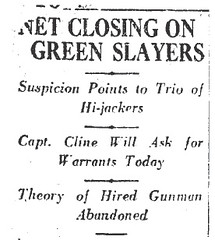
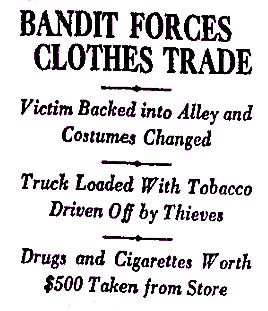
 February 3, 1927
February 3, 1927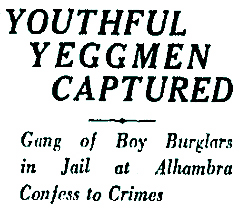 But fret not people of Los Angeles! The bulls have pinched (
But fret not people of Los Angeles! The bulls have pinched (

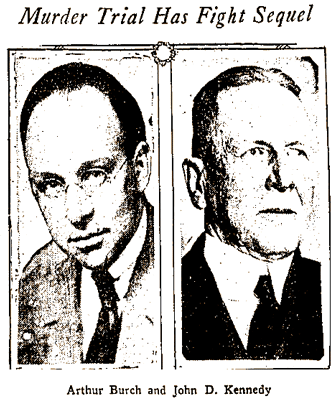 Seems that J. Belton’s father, John D. Kennedy, of
Seems that J. Belton’s father, John D. Kennedy, of 





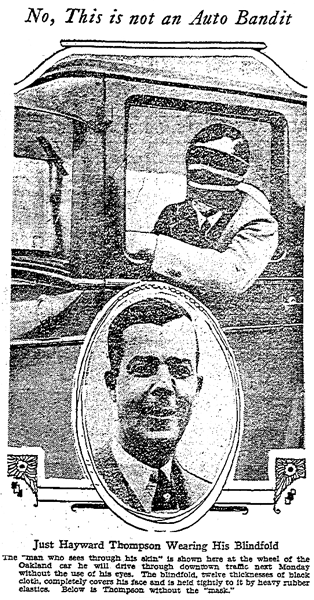
 Hayward Thompson toured Los Angeles today, and pronounced on KFWB this evening (through the courtesy of the Times and
Hayward Thompson toured Los Angeles today, and pronounced on KFWB this evening (through the courtesy of the Times and